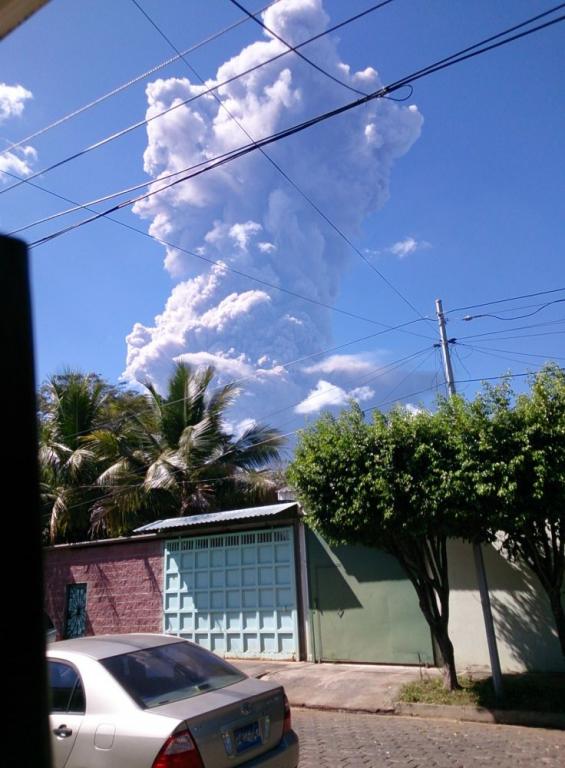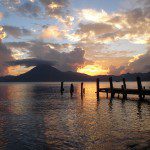
(Wikimedia Commons public domain photograph)
San Miguel, which is located in El Salvador, is also known as Chaparrastique.
I’m plugging on, posting another set of notes drawn mostly — today, entirely — from Bart J. Kowallis, “In the Thirty and Fourth Year: A Geologist’s View of the Great Destruction in 3 Nephi,” BYU Studies 37/3 (1997-1998):
Dr. Kowallis points out, quite correctly in my judgment, that we would be wrong to read 3 Nephi as saying that the landscape was literally totally and fundamentally transformed.
A . . . careful reading makes it obvious that the basic geography of the Book of Mormon land was not changed after the destruction and that there were cities, especially around the land of Bountiful, that were probably not severely damaged. (169)
Professor Kowallis believes that “the land” that is referred to in these passages is the land of the Nephites — not the entirety of North and South America but an area that extends only a few hundred miles in length and width. It is, in other words, a limited geography. A close reading of the text forces us to regard it as a relatively small area, and only a relatively small area is consistent with what we know about geology.
But the changes could well have been stunningly dramatic.
Dr. Kowallis finds parallels to the account in 3 Nephi in other reminiscences of explosive volcanic eruptions, both ancient and modern. Here, for example, is the Roman author Pliny the Younger describing his reaction to seeing the landscape after the eruption of Mount Vesuvius in AD 79:
At last the darkness thinned and dispersed into smoke or cloud; then there was genuine daylight, and the sun actually shone out, but yellowish as it is during an eclipse. We were terrified to see everything changed, buried deep in ashes like snowdrifts. (Quoted on page 171)
Pompeii was still south of Rome and north of Sicily. The Bay of Naples was still there. The Alps and the Apennines hadn’t changed locations. But things looked starkly different, nonetheless.
And here are two descriptions of the devastated landscape after the 1980 eruption of Mount St. Helens:
Within minutes . . . the upper Toutle River Valley below St. Helens was a barren landscape of total desolation. A 156-square-mile swath extending northwest from the volcano lay devastated.
A billion board feet of timber were blown down; animals were buried in ash or roasted by gases; and scores of persons were dead or missing. . . . [The local resident] Harry Truman, his lodge and all of Spirit Lake disappeared in a cataclysmic cauldron. The once-rounded mountain top was shorter by 1,300 feet, and a mile-deep horseshoe of hell was gouged out of the north side. (Quoted on page 171)
They call the land an alien moonscape, a blighted badlands. President Carter flew over it in late May and called it “indescribable.” Dirty rivulets seem to flow uphill as they wind through the bizarre terrain. . . . At ground zero in the hellish landscape is what is left of Mount St. Helens. It sits like a resting monster. (Quoted on page 171)
To be continued.












